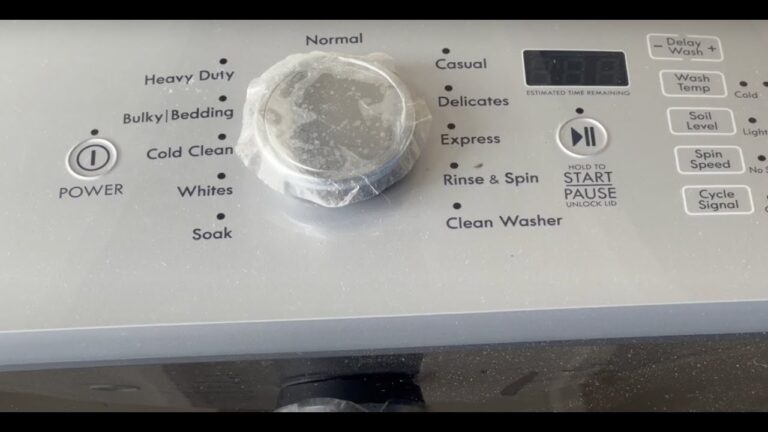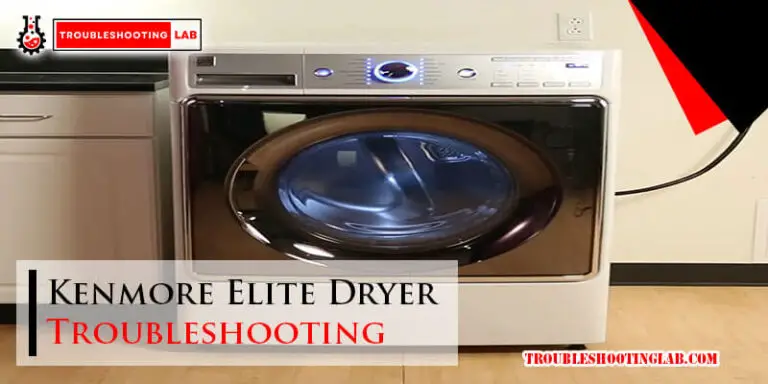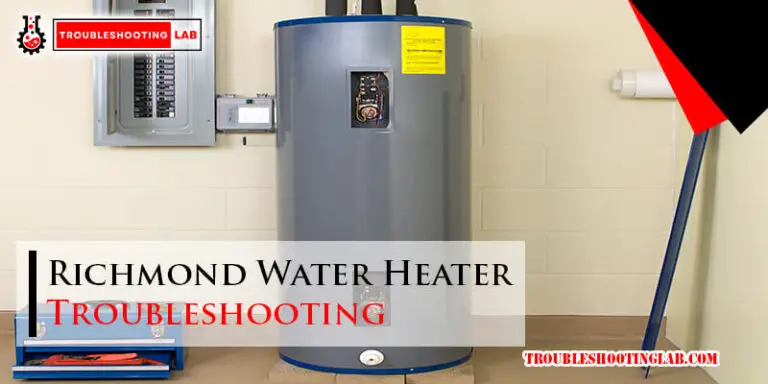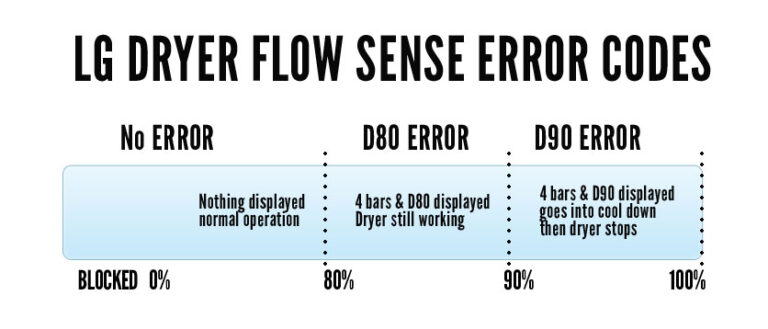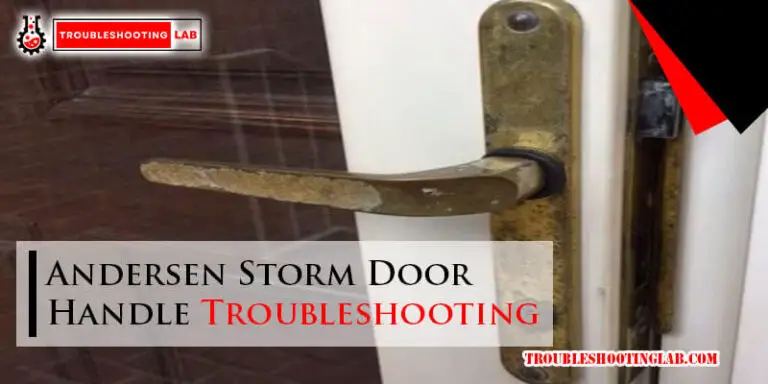Whirlpool Washer Top Loader Troubleshooting: Quick Fixes and Tips
Experiencing issues with your Whirlpool top loader washer? You’re not alone.
Many face common problems with these reliable machines. Washing machines are essential in our daily lives, but they can sometimes act up. From unusual noises to draining issues, understanding how to troubleshoot your Whirlpool washer can save you time and money.
In this guide, we will walk you through simple troubleshooting steps. With a few basic checks, you can often identify and fix the problem without needing a technician. Ready to get your washer back in working order? Let’s dive in and tackle those issues head-on!
Common Issues
Whirlpool top loader washers are reliable, but they can have problems. These issues can often be fixed at home. Let’s look at some common issues and how to solve them.
Washer Not Starting
If your Whirlpool washer won’t start, check these things first:
- Power Supply: Ensure the washer is plugged in.
- Circuit Breaker: Check if the circuit breaker has tripped.
- Lid Switch: Make sure the lid is closed properly. A faulty lid switch can stop the washer from starting.
- Control Panel: Inspect the control panel for any error codes. Refer to the user manual for solutions.
If these steps don’t work, you might need professional help.
Water Not Filling
If your washer isn’t filling with water, check these common causes:
- Water Supply: Ensure the water faucets are turned on.
- Hoses: Inspect the hoses for any kinks or blockages. Clean or replace them if needed.
- Water Inlet Valve: The valve might be faulty. You may need to replace it.
- Water Pressure: Low water pressure can affect filling. Check your home’s water pressure.
Address these issues to get your washer filling water again.

Credit: www.sickappliances.com
Basic Maintenance
Basic maintenance of your Whirlpool top loader washer keeps it running smoothly. Regular upkeep ensures efficiency and extends the washer’s lifespan. Follow these simple steps for optimal performance.
Regular Cleaning
Cleaning your washer regularly prevents mold and mildew build-up. It also keeps your laundry fresh.
- Monthly Cleaning: Run an empty cycle with hot water and 2 cups of white vinegar.
- Soap Dispenser: Remove and scrub the soap dispenser with warm, soapy water.
- Drum Cleaning: Wipe the drum with a damp cloth after each use.
- Gasket Cleaning: Use a toothbrush to clean around the gasket.
Inspecting Hoses
Inspecting the hoses is crucial to prevent leaks and water damage.
- Visual Inspection: Check hoses for cracks, bulges, or wear every month.
- Connections: Ensure all connections are tight and secure.
- Replace Hoses: Replace hoses every 5 years to avoid unexpected bursts.
Consider using stainless steel braided hoses for better durability.
| Maintenance Task | Frequency |
|---|---|
| Clean Washer | Monthly |
| Inspect Hoses | Monthly |
| Replace Hoses | Every 5 years |
Error Codes
Whirlpool top loader washers are known for their reliability. Yet, they sometimes display error codes. These codes help identify issues quickly. Understanding them is crucial for troubleshooting. Let’s dive into the common error codes and how to resolve them.
Decoding Error Messages
Whirlpool washers display error codes to indicate specific problems. Here are some common ones:
| Error Code | Meaning |
|---|---|
| F0 E1 | Water Supply Issue |
| F1 E1 | Motor Drive Error |
| F3 E1 | Water Temperature Sensor Error |
| F5 E2 | Lid Lock Error |
| F8 E1 | Long Fill |
Steps To Resolve
Follow these steps to resolve common error codes:
- F0 E1 – Water Supply Issue
- Check water supply hoses.
- Ensure water valves are open.
- Inspect for kinks in the hoses.
- F1 E1 – Motor Drive Error
- Unplug the washer for 5 minutes.
- Plug it back in and restart.
- Contact a technician if the error persists.
- F3 E1 – Water Temperature Sensor Error
- Check the water temperature settings.
- Ensure the sensor is properly connected.
- Replace the sensor if needed.
- F5 E2 – Lid Lock Error
- Ensure the lid is properly closed.
- Inspect the lid lock mechanism.
- Replace the lid lock if necessary.
- F8 E1 – Long Fill
- Check the water inlet valve.
- Ensure there are no blockages.
- Inspect the hoses for leaks.
Decoding and resolving these error codes can save time. It can also help avoid costly repairs. Understanding these codes ensures your Whirlpool washer runs smoothly.
Noise Problems
Whirlpool top load washers are reliable, but they can make noise. These noises can be annoying. They often signal a problem. Identifying the source is key to fixing it.
Identifying Sources
First, check the load. Uneven loads can cause noise. Heavy items on one side can make the washer unbalanced.
Listen to the noise type. A rattling sound could be a loose part. A grinding noise could mean something is stuck. Knowing the noise helps find the cause.
Solutions For Noisy Operation
Balance the load. Distribute clothes evenly. This simple step can reduce noise.
Check the washer’s feet. Ensure they are stable. Adjust them to keep the washer level.
Inspect for loose parts. Tighten any bolts or screws. This can stop rattling sounds.
Clear the washer drum. Remove any foreign objects. Coins or buttons can cause grinding noises.
If noise persists, call a professional. A technician can diagnose and fix the problem.
Spin Cycle Issues
Experiencing issues with the spin cycle in your Whirlpool Washer Top Loader can be frustrating. If your clothes are still wet after the cycle, or if the washer is unbalanced, it’s important to troubleshoot these problems. Below, we will explore common spin cycle issues and provide practical solutions.
Clothes Still Wet
If your clothes are coming out wet, check the following:
- Drainage: Ensure the drain hose is not clogged.
- Spin Speed: Verify the selected spin speed is appropriate.
- Heavy Items: Separate heavy items to balance the load better.
A clogged drain hose can prevent water from being expelled, leaving clothes wet. Also, ensure you select the right spin speed for the load. Heavy items like towels should be spun with similar items to avoid imbalance.
Balancing The Load
An unbalanced load can cause the washer to stop spinning or spin poorly. Follow these tips to balance your load:
- Distribute Clothes Evenly: Spread clothes evenly around the drum.
- Mix Large and Small Items: Combine different sized items to even out the weight.
- Avoid Overloading: Do not exceed the washer’s capacity.
Properly distributing clothes helps maintain balance during the spin cycle. Mixing large and small items ensures an even distribution of weight. Overloading the washer can lead to inefficiencies and potential damage.
| Issue | Solution |
|---|---|
| Clothes still wet | Check drainage, spin speed, and load distribution |
| Unbalanced load | Distribute clothes evenly, mix sizes, avoid overloading |
Drainage Problems
Drainage problems can be a common issue with Whirlpool top loader washers. These problems can cause water to remain in the drum after a wash cycle. This can lead to clothes not being properly cleaned. Identifying the cause can save you time and frustration.
Clogged Drain Hose
A clogged drain hose is a frequent cause of drainage issues. Start by disconnecting the washer from the power supply. Next, locate the drain hose at the back of the washer. Check for any visible clogs or kinks in the hose. Remove any debris you find. This can often resolve the problem.
Pump Troubleshooting
If the drain hose is clear, the problem might be with the pump. The pump is responsible for removing water from the washer. First, unplug the washer and find the pump at the bottom. Check the pump for any blockages. Sometimes, small items like coins can get stuck here. Remove any blockages carefully.
If you still face issues, the pump might need replacement. Contact a professional for help. Regular maintenance can prevent these problems in the future.
Detergent Dispenser Issues
Experiencing issues with your Whirlpool washer’s detergent dispenser can be frustrating. A malfunctioning dispenser can lead to detergent residue on clothes or an incomplete wash cycle. Understanding and troubleshooting these issues can save time and effort. Below, we discuss common problems and solutions related to the detergent dispenser in your Whirlpool top loader washer.
Dispenser Not Emptying
If your detergent dispenser is not emptying, it can affect your wash results. Several factors can cause this issue:
- Clogged Dispenser: Residue or clogs can block the flow of detergent.
- Incorrect Detergent: Using the wrong type of detergent can cause buildup.
- Water Pressure: Low water pressure may prevent the dispenser from working properly.
To address these issues, follow these steps:
- Check for any visible clogs or residue in the dispenser.
- Ensure you are using the correct detergent recommended by Whirlpool.
- Verify that the water pressure in your home is adequate.
Cleaning The Dispenser
Regular cleaning of the detergent dispenser can prevent many issues. Cleaning the dispenser is a simple process:
- Remove the dispenser from the washer.
- Rinse it under warm water to remove any detergent buildup.
- Use a soft brush to clean any stubborn residue.
- Dry the dispenser thoroughly before reinstalling it.
For a more thorough clean, you can soak the dispenser in a mixture of warm water and vinegar. This helps to dissolve any remaining residue. Remember to clean the dispenser regularly to ensure optimal performance.
By addressing these common issues, you can ensure your Whirlpool washer’s detergent dispenser functions correctly. This helps to achieve clean and fresh laundry with every wash.
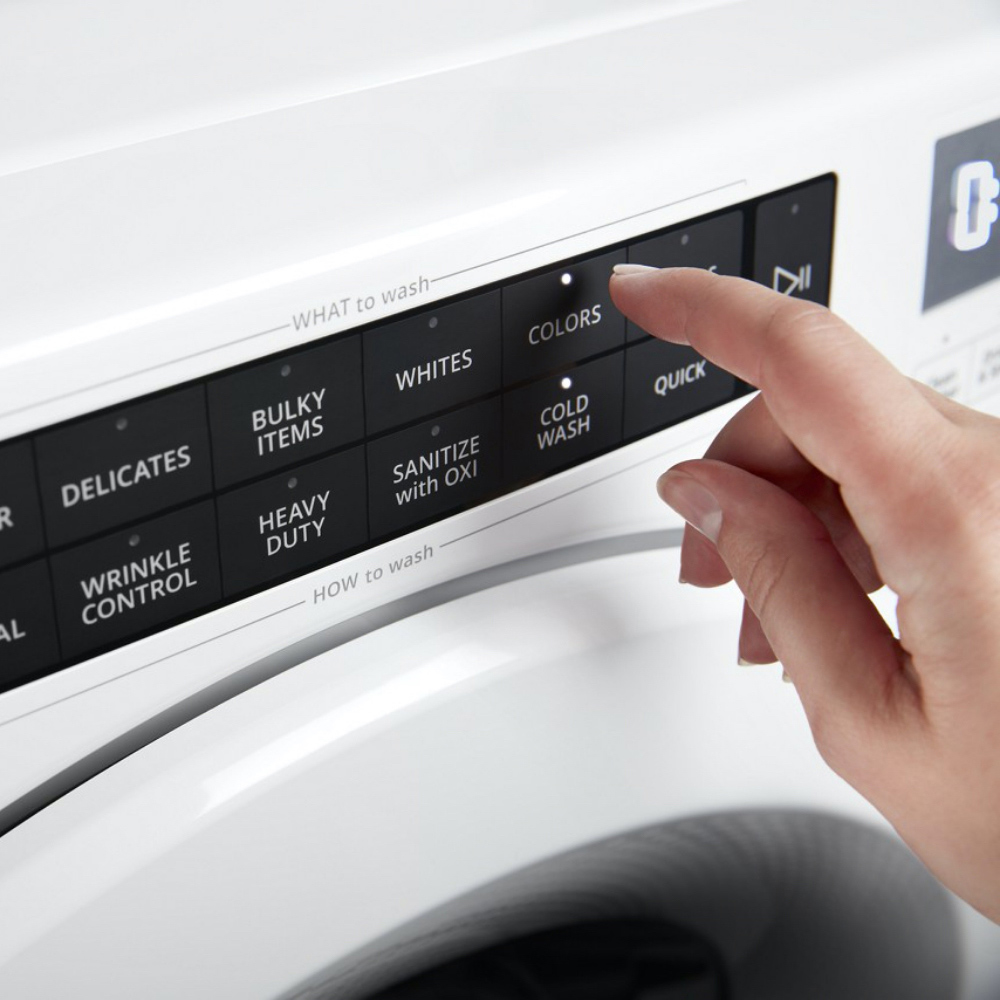
Credit: www.homedepot.com
Advanced Troubleshooting
Dealing with issues in your Whirlpool washer can be frustrating. Sometimes, simple fixes are not enough. This is where advanced troubleshooting comes into play. Understanding and addressing more complex problems can help prolong the life of your appliance.
Testing Electrical Components
Electrical components are crucial in the operation of your washer. To test these parts, you need a multimeter. First, unplug the washer. Safety first. Then, remove the control panel to access the wiring. Use the multimeter to check for continuity. This means seeing if electricity can flow through the wires.
Test each wire individually. If the multimeter shows no continuity, the wire might be damaged. Replace faulty wires to restore proper function. Also, check the motor and other key electrical components. Faulty motors can lead to major issues. Testing these parts helps identify and fix problems early.
When To Call A Professional
Sometimes, troubleshooting can only go so far. If the problem persists, call a professional. They have the tools and experience to fix complex issues. This can prevent further damage to your washer. Calling a technician is a good idea if you are unsure about any step. Safety and accuracy are crucial. Professional help can save time and avoid bigger problems down the line.
Regular maintenance and timely repairs can keep your Whirlpool washer running smoothly. Understanding when to seek professional help is part of effective troubleshooting.

Credit: www.youtube.com
Frequently Asked Questions
Why Is My Whirlpool Washer Not Starting?
Ensure the lid is closed properly. Check power supply and cycle settings.
How To Fix A Whirlpool Washer That Won’t Drain?
Check the drain hose for clogs. Clean the pump filter.
Why Is My Whirlpool Washer Making Loud Noises?
Check for unbalanced loads. Inspect for loose objects or broken parts.
What To Do If Whirlpool Washer Is Leaking?
Check hose connections. Inspect door seals and gaskets for damage.
How To Reset A Whirlpool Top Loader Washer?
Unplug the washer for one minute. Plug it back in and restart.
Conclusion
Troubleshooting your Whirlpool washer can be simple with these steps. Check for common issues first. Listen for unusual noises. Ensure the washer is level. Inspect hoses and connections. Clean the filter regularly. Refer to the manual for error codes. Keep your washer in top shape.
Regular maintenance prevents bigger problems. Enjoy a smoother laundry experience. Happy washing!


